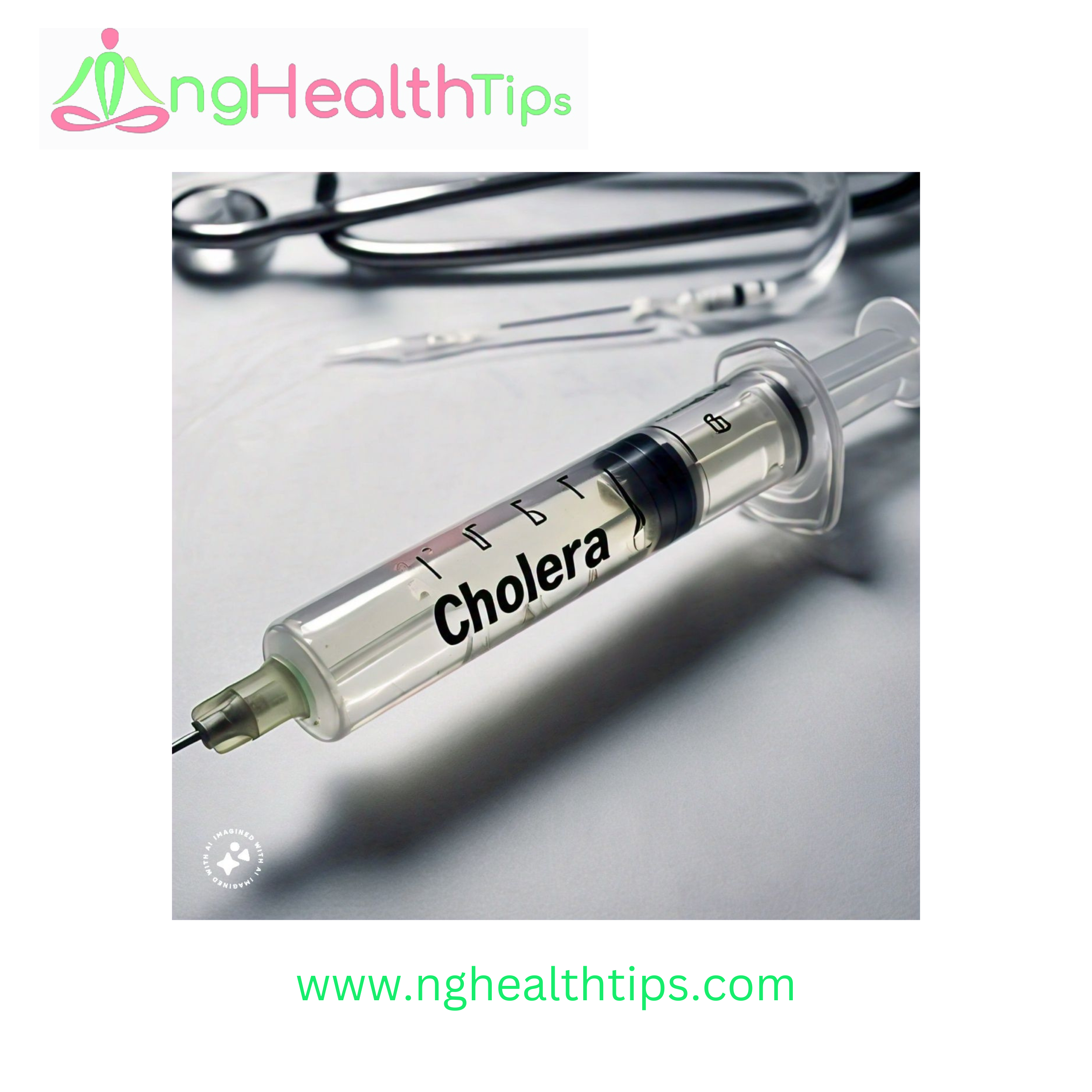Insects consumption, a means to enhance nutrition, food security and public health.
Adequate nutrition goes beyond the mere provision of food items to people in Nigeria. Food should be available in the key areas of components of a balanced diet, such as carbohydrate, protein, fat and oil, mineral salt, vitamins, and water.
 |
The ideal diet should include the high quality of nutrients such as unsaturated fats, essential amino acids, potable water, all of which must be available all the year round. For example, provision and consumption of saturated fats may be tantamount to predisposing people to health problems such as cardiovascular problems and cancer.
Availability of nutrients are not enough, they must reach the table of consumers in sufficient quantities, and at affordable prices bearing in mind the religion and culture of the people; Food should not be priced above the financial ability of individuals, particularly the poor, the majority of who are rural dwellers.
Preservation of food and its nutrients is also imperative, storage facilities and unhindered transportation of food items from production to consumers, though indispensable, are problems in Nigeria. Also important, but a problem is a method of food preparation where most of the nutritive values are lost due to ignorance in Nigeria.
Nevertheless, to enhance the nutritive value and food security, consumption of insects may have some roles to play in mitigating the effects of malnutrition in Nigeria.
Nigeria is a country with vast forest and savannah area; it has an extensive coastal area with fresh water that supports the existence of a significant number ofedible insect species which are available throughout the year.
Also, insects are the most widely distributed population of living organisms in the world with the ability to survive in harsh environmental conditions.
Perhaps, it is true to say that where insects are not found, life may not exist there. The insects according to research, are the most successful, biologically, of all groups of arthropods. They have been conservatively estimated to number over 800,000 species, with probably much more to be discovered and classified.
Although a relatively few insect species are marine, they are abundant in freshwater, soils, forests deserts and wastelands. These features make insects abundantly available in Nigeria to complement nutritional deficiencies when consumed.
Edible Insects:
Insects are consumed worldwide. The type of insects consumed vary from one part of the world to the other, depending on the culture, belief, availability of the insects, and the socio-economic status of the individual. Geographical location and ethnicity also play a role in the type of insects consumed.
However, twenty-two (22) insect species from six different orders have been recordedwith potential for consumption among the three major ethnic groups (Yoruba, Hausa, and Ibo) in Nigeria.
For example, Yam Beetle (heterologous miles) and Grasshopper (Zonocerus variegates) are commonly eaten by some people in the west and southeastern Nigeria, and some parts of Benue State. While Grubs of the Palm Weevil (Rhynchophorus phoenicis) are eaten in several areas of Oyo, Ondo, Osun, Ekiti, Ogun, Lagos (WesternNigeria) and in Delta and Edo States.
The Larva of Oryctes Monoceros is consumed inthe Niger Delta regions. The population of Variegated grasshopper (Zonocerus variegatusis high during the dry season in South Western Nigeria, and has been reported eaten in the Akoko area of Ondo State.
The wingedTermites are known locally in various parts of Nigeria by different names such as “Aku” in Ibo, “chinge” in Hausa and “Esunsun” in Yoruba, and are regarded as traditional delicacies.
Macrotermes nigeriensisand Macrotermes bellicosus are enjoyed in all parts of Nigeria, probably because it exists at the beginning of the rainy season when livestock is laid, fresh crops have not yet produced food, and store gotten from the previous season is running low.
Also, African silkworm larva (Anaphe venata) are commonly found and consumed in the Western part of Nigeria. Cirina forda, Bunaea alcinoe, Macrotermes natalensis and Brachytrapesmembranaceus are all marketed and, eaten in different regions of Benue State.
The larva of Cirinaforda isconsumed among the Yoruba and Nupe tribes of Kwara and Niger States respectively.
Also, the Dung Beetle (Aphodius rufipes) has been reported as a traditional delicacy of the Gbagyi people in Niger State. The Caterpillar of Bunaea alcinoe, popularly called “Ego” is consumed by the Igbo speaking tribe of Eastern and Southern parts of Nigeria. Moreover, the larva of lepidoptera litoraliais common and eaten in the North Central of Nigeria especially in Plateau State.
Nutritional Values of Edible Insects
Edible insects provide essential nutrients required for optimum growth, repair and development of the body. Insects have higher protein content, on a mass basisthan other animal and plant foods such as beef, chicken, fish, and maize.
Protein, being the basis of all organisms activity, constitute many relevantmaterials such as enzymes, hormones, and hemoglobin. Protein is an essential component of antibodies as it bolsters the immunity function of the body.
It has the only material to produce nitrogen for maintaining acid and alkaline balance, transforming genetic information and transporting valuable materials in the human body. As a nutritive element that generatesheat, it can supply energy.
The nutritional benefits of food are principally dependent on the quality of the protein that it contains. This in revolve, is resolute to an immense amount, by the amino acid composition. In most of the edible insects, be it lysine or tryptophan is the first restraining amino acid.
However, the presence of lysine has been reported in rhychophorus phoenics and erypotaphan in oryctesmonoceros. The inclusion of these insect species, in diet, could be of immense benefit complementing lysinepoormeals.
Vitamins are one group of organic compounds that are necessary for metabolism in human bodies. As vitamins cannot be synthesized in the human body, they must regularly be supplied with food.
Edible insects contain appreciably high amounts of vitamins B2 (riboflavin) and Vitamin C.
The termite (M. nigeriensis) has also been reportedwith appreciable amounts of vitamin B3(niasin),and Vitamin B1 (Thiamine) in addition to Vitamins C and Vitamin A preserves blood vessels flexibility and develops transmission of blood in the arteries of people, including smokers.
One of the most significant benefits derivable from vitamin A and C is their role as antioxidant, oxygen free radical scavengers, while that of the B Vitamins is their role as co-enzymes in several enzymes systems of the body.
The high Vitamins content of edible insects presents them with a great potential good source of food supplement for malnourished people.
Minerals play a vital role in physiologic and metabolic issues in the living system. Iron, zinc, and copper play a physiologic role in the immune system as antioxidant enzymes cofactors.
In the same vein, selenium, zinc, and magnesium prevent cardiomyopathy, muscle degeneration, growth retardation, impaired spermatogenesis, immunologic–dysfunction and bleeding disorder.
Iron deficiency is a principal difficulty in women’s diet in the developing world, particularly among pregnant women; and especially in Africa. Vegetarians, in all parts of the world, have the potential of zinc deficiency, because magnesium is mandatory for over 300 biochemical reactions in the body.
It assists in the maintenance of the normal nerve and muscle functions, maintains the heart rhythm sturdy, it as well regulates blood sugar; and supports a healthy immune blood.
Therefore, since these minerals are present in insects, their consumption can supply these required nutritious elements for individuals body functions and could be expended along with other animal food rich in other essential minerals to further complement the diet.
Carbohydrate and fats are essential nutritive elements in the human body. They are the primary energy source, can reduce consumption of protein and help detoxification.
The termites (M. nigeriensis) which contain a high percentage of Palmitic acid, Oleic acid, and linoleic acid, and some important fatty acid but weak in myristic acid, lauric acid, and palmitoleic acid, the total unsaturated fatty acids is 60.64% with acids PUFA making 7.57% only.
It is noteworthy that saturated fatty acids are not good for human consumption because they have complications in certain cardiovascular disorders such as atherosclerosis, cancer, and aging.
Therefore, the low saturated fatty acid of Edible Insects and high desirable unsaturated fatty acid contents of M. nigeriensis and other insects may be considered an important component for people generally, and particularly, for those who have high blood cholesterol content, and probably at a risk of cardiovascular diseases.








